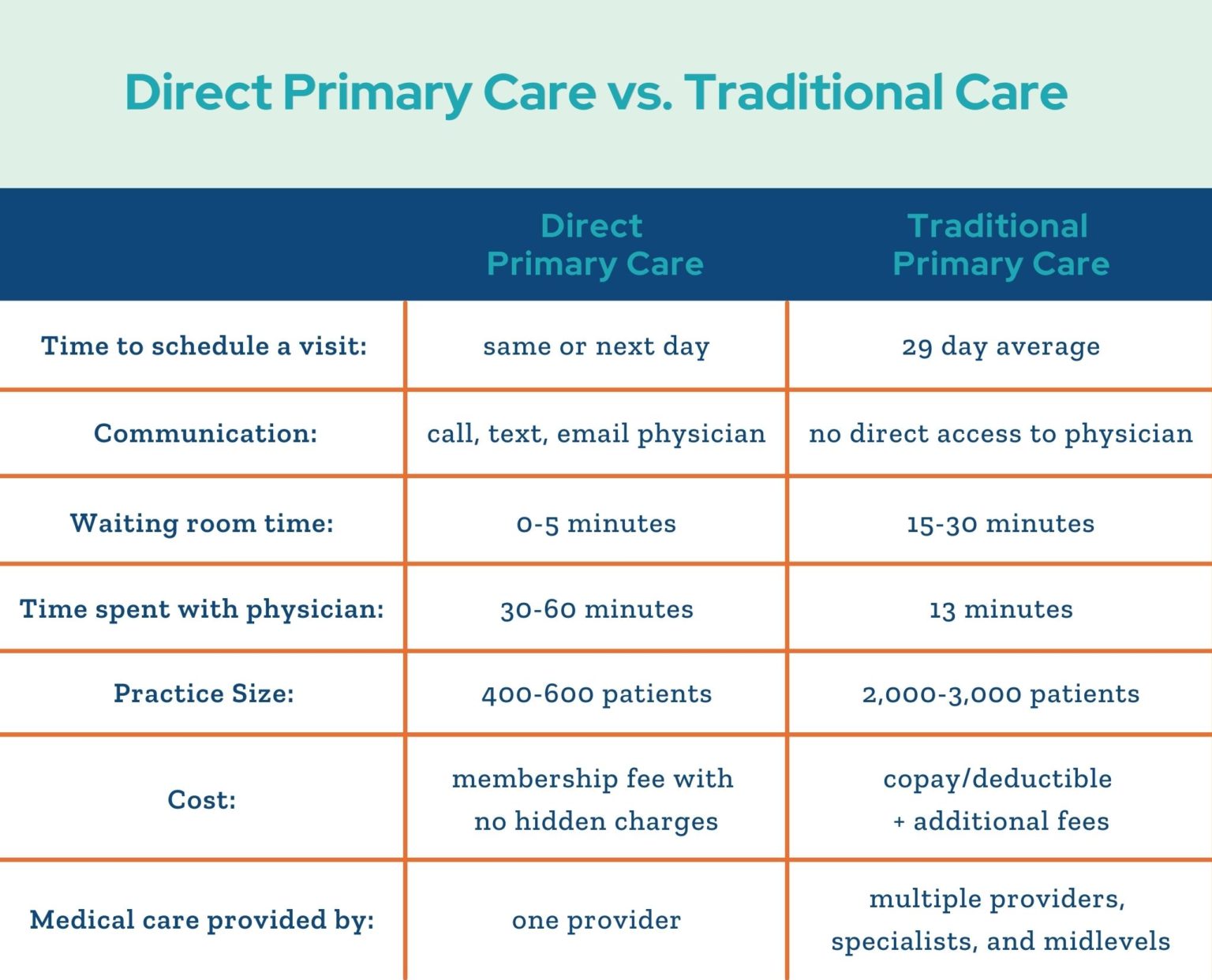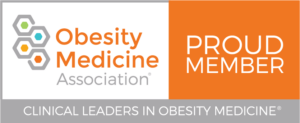Direct Care: The Future of Health Care
In modern health care, it’s not uncommon to have to wait several weeks to get an appointment and then have only 10 minutes face-to-face to address your health concerns. On top of that, it’s the only industry in which consumers don’t know how much they’ll need to pay until after the fact.
A growing number of patients are seeking a model of care that prioritizes easy access to their physician with complete transparency of pricing. They appreciate the ability to be seen when they need to be seen and the convenience of seeing the same physician at each visit.
The future of health care
Direct care aims to make health care simple and affordable again, in both direct primary care (DPC) and direct specialty care practices. This approach to health care puts the power back in the patients’ hands by making concierge-level care available for a low monthly fee, without regard to insurance status. For that monthly fee, individuals may access their physician as often as needed, in-person or virtual appointments, or by phone, text, email, etc.
health care simple and affordable again, in both direct primary care (DPC) and direct specialty care practices. This approach to health care puts the power back in the patients’ hands by making concierge-level care available for a low monthly fee, without regard to insurance status. For that monthly fee, individuals may access their physician as often as needed, in-person or virtual appointments, or by phone, text, email, etc.
In contrast, typical concierge practices charge a monthly access fee just to be part of the practice, while also billing health insurance for each encounter.
Why direct care?
In addition to the accessibility of your physician, direct care is superior to fee-for-service medical care for many other reasons.
Primary-care physicians spend an average of 7-10 minutes of face-to-face time with patients, much of which is spent glued to their computer screen. You can’t possibly have a meaningful interaction when the health professional has one eye on you and one eye on the clock. Furthermore, the rushed, insurance-based model often does not allow multiple problems to be addressed at a single visit, as patients are inevitably forced to schedule another appointment (and take another half day off work) to discuss a 2nd concern and then also have to pay another copay.
Rather than dealing with copays, deductibles, coinsurances, etc. in addition to what you’ve already paid for insurance premiums, patients in direct care value the transparency in pricing. Also, outside of the insurance-based world of health care, there are incredible deals available on labs, imaging, and medications – for example, 30-day supplies of many common medications are available for less than $2. At best, these medications would cost $4 at a local pharmacy.
Health insurance is what makes health care expensive.
Perhaps most importantly, the direct care physician is incentivized to deliver the highest quality care so that patients do not require repeated visits, in contrast to the traditional fee-for-service model of health care that generates more revenue the more often you visit. This alignment of incentives with the patient’s wishes can be found only in a direct care practice.
Who is direct primary care (DPC) good for?
DPC is especially valuable for individuals who have high-deductible insurance plans or are uninsured. High-deductible plans typically cover only an annual preventive visit, with all other visits requiring cash payment until such payments exceed the deductible. Most people carrying health insurance do not reach their deductibles in a given year.
DPC can also be a valuable employer health benefit by reducing employee health care costs for acute care and chronic conditions, including the above-mentioned discounts on medications, etc. Imagine the cost savings of preventing just one urgent care or ER visit!
Individuals with premium insurance plans find value in direct primary care because of the easy access to their physician, face-to-face time during appointments, and the personal connection that is possible in this model.
There is profound value to be found in direct care, driving it to be the future of health care.






